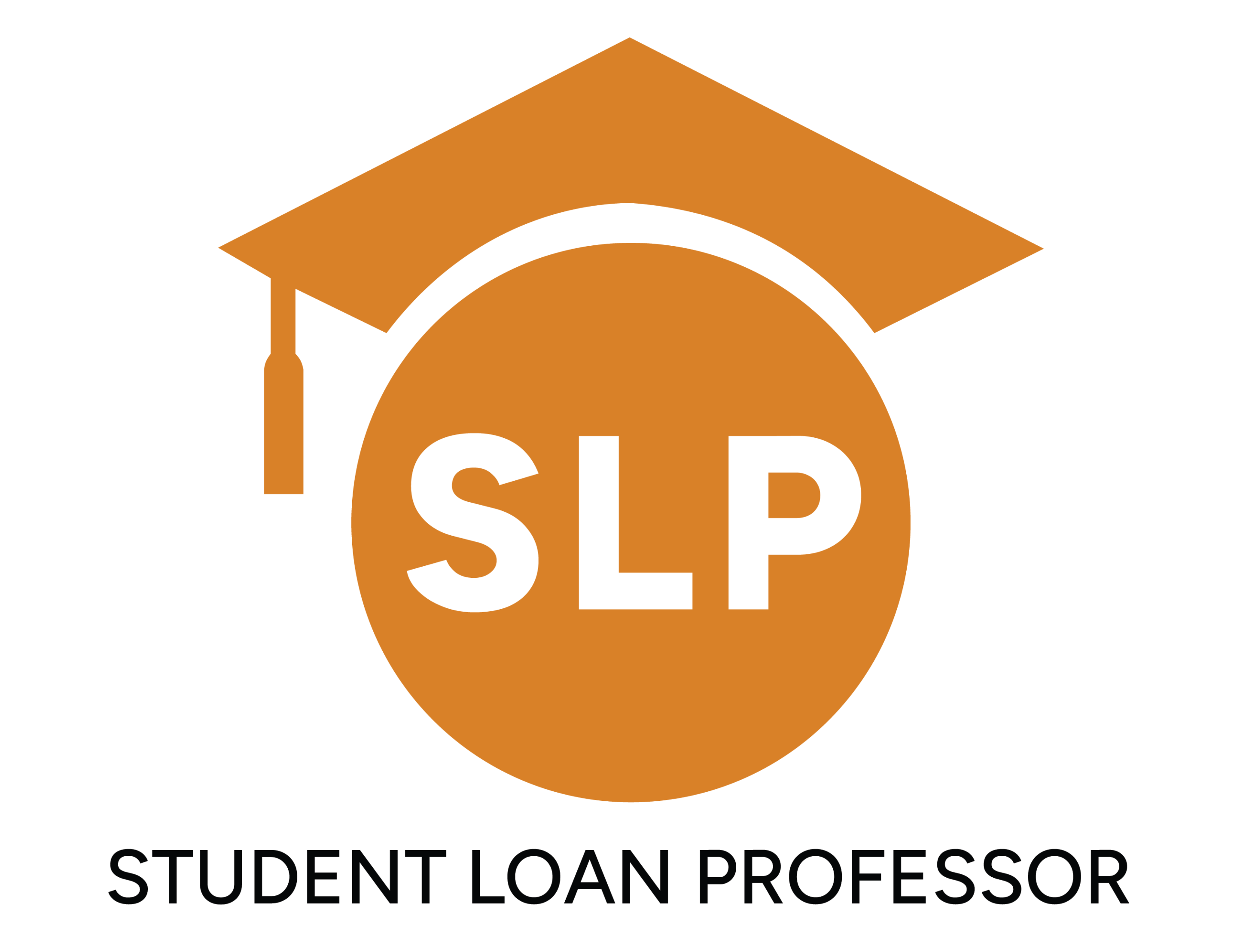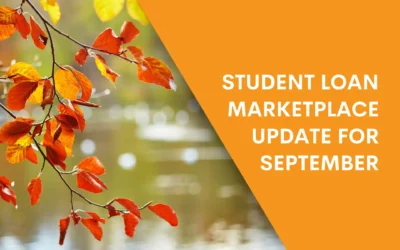Interest Is Resuming for SAVE Participants. Is It Time to Switch Payment Plans?
The U.S. Department of Education (ED) just dropped a major update that’s going to hit a lot of student loan borrowers square in the wallet. Starting August 1, 2025, the interest subsidy under the SAVE Plan is ending. Translation? If you’re currently enrolled in SAVE, your interest will start piling up again.
The Details
Just to recap: the SAVE forbearance has given borrowers a nice reprieve (no payments and no interest) for nearly a year. That “no interest” part is now coming to an end. However, the forbearance itself is not ending just yet. Borrowers will still get the benefit of no monthly payments for a while longer, but your loan balance will start growing again thanks to accruing interest.
The Department is framing this shift as a court-mandated move while claiming they’re still “supporting” borrowers. I’ll withhold my commentary on that for now.
What Should You Do?
ED is strongly encouraging borrowers to switch into Income-Based Repayment (IBR) as soon as possible. But we’re not convinced that’s the best move across the board.
First, there’s already a massive backlog of IDR applications. Adding 7.7 million more people to that pile? Who knows how long it will actually take for your application to be processed and for you to land on the new plan.
Second, switching to IBR means you’re officially back in repayment. If you’re pursuing 25-year forgiveness, that might be the right step. But if your focus is on Public Service Loan Forgiveness (PSLF), the “no interest” part isn’t the big win; the no payment part is. That’s what’s supercharging your PSLF prospects right now… at least in theory.
In their press release, ED stated:
“Borrowers in SAVE cannot access important loan benefits and cannot make progress toward loan discharge programs authorized by Congress.”
That’s a misleading statement, at least when it comes to PSLF. The SAVE forbearance qualifies for the PSLF Buyback program. In fact, ED recently updated the PSLF Buyback webpage to specifically include SAVE forbearance, and there are no time restrictions mentioned. The PSLF Buyback program isn’t going anywhere (yet). So unless ED formally announces that SAVE forbearance has ended or is no longer eligible for Buyback, it may make more sense for many borrowers to ride it out a little longer.
And just to clarify: yes, you’ll eventually need to switch from SAVE to IBR before you can actually receive PSLF forgiveness. But that’s only an immediate concern if you’re just a month or two away from hitting the finish line. For everyone else, there’s still some breathing room.
It is also worth noting that many borrowers HAVE been riding out SAVE simply for the interest benefits, but ultimately plan to refinance and payoff their loans. For this group, the ride has come to an end. It’s time to start checking refi rates.
Bigger Picture
This is just the latest twist in what’s become a never-ending roller coaster of student loan policy. Since the pandemic pause ended, we’ve seen a steady stream of changing repayment plans, forgiveness options, and legal challenges. The original Biden debt relief plan got struck down, and now the SAVE Plan is being dismantled bit by bit. And let’s be honest: this wild ride is likely to kick off all over again the next time the other party (or maybe Elon’s party?) takes the reins in the White House or Congress.
Bottom line: choose your next move carefully. Don’t make changes based on fear or headlines. If you need help evaluating your options, we can help you with that, for a nominal fee. Otherwise, if you’re just ready to get off the federal roller coaster altogether, we can help you refinance and simplify – at no cost.
Brandon Barfield is the President and Co-Founder of Student Loan Professor, and is nationally known as student loan expert for graduate health professions. Since 2011, Brandon has given hundreds of loan repayment presentations for schools, hospitals, and medical conferences across the country. With his diverse background in financial aid, financial planning and student loan advisory, Brandon has a broad understanding of the intricacies surrounding student loans, loan repayment strategies, and how they should be considered when graduates make other financial decisions.




